Check out some of the projects that we’ve developed in the civic media collaborative design studio!
SPRING 2018
This semester, rather than focus on a particular issue area or theme, and rather than provide introductions to organizations, we prioritized projects based on students that had existing relationships with community based organizations. Here are the partners, project names, and links to case studies:
- Fascinate, Inc.: Connecting STEM to the culture
- Project Hope: Pushing Against Inequality in Boston with Social Media
- South Boston Computer Clubhouse: Infiltrating Spaces, Uncovering Hidden Pathways Into STEM
- Chinese Progressive Association (CPA) Boston: Expanding the Notion of Public Good: A Popular Education WeChat Strategy
- The Griot Museum of Black History and Culture: Crowdfunding Campaign
- Billerica Memorial High School and Billerica Access Television: Am I Next?: Youth Activism and School Gun Violence Documentary
SPRING 2017
This semester the Civic Media Collaborative Design Studio focused on youth media, gentrification, and displacement. For this version of the course, we wanted to develop media projects that respond to the current political, cultural, economic, and environmental crisis with youth-led visions of a more just and creative future. We partnered with ZUMIX and The Urbano Project, two youth arts and media organizations in the Boston area, and NuVu Studio, an innovation school for middle and high school students in Cambridge. Co-Design Studio students, ages 11 to 26, gathered weekly at the Center for Civic Media to work on media projects to challenge narratives from a youth perspective, while discussing topics central to design justice, gentrification, and transformative media organizing. The Studio made visits to NuVu, The Urbano Project, ZUMIX, and other sites, and had visits from Evan Henshaw-Plath, Lawrence Barriner II from MIT CoLab, Marisa Jahn from StudioREV, Jose Gomez-Marquez from the MIT Little Devices Lab, Jorge Caraballo Cordovez from East Boston Nuestra Casa, and Mike Leyba and Homefries from Fair Economy and City Life/Vida Urbana. You can see the class syllabus here.
These are the resulting projects:
Open Book/Libro Abierto – atelier/co
Open Book/Libro Abierto is designed to be a versatile platform for community members to share their stories. The print medium allows users to interact with the book in a tactile way, physically making their mark on the story of their community. The book presents handwritten and printed words along with photos of community members, and offers viewers access to audio interviews via QR links. Our goal is to create a hackable book that invites viewers to share their stories and start conversations, responding in whatever medium they choose. The book will be exhibited in Urbano’s Nomadic Sculpture, where visitors will be able to read the stories and respond by writing directly in the book. We hope to foster productive and honest conversations about what displacement and community mean to the people of Egleston Square, both physically written in the book as well as verbally during and after the exhibition.
Here are the links to Open Book/Libro Abierto’s project, final presentation slides, and to the case study.
East Boston Voices – Peas in a Podcast
“East Boston Voices” is a podcast special centered around events of gentrification and displacement in East Boston. The mission of Peas in a Podcast is to unveil the hidden stories of the neighborhood to the greater Boston community, hopefully instigating change among East Boston’s residents. Each member of the group interviewed someone in the community who’s dealing with the effects of gentrification and displacement directly, compiling their stories and presenting their contents to the audience with added data and thought-provoking questions.
Here are the links to Peas in a Podcast’s episodes, final presentation slides, and to the case study.
Homesticker
Displacement of residents is a growing problem in many communities in the Boston area. However, this crisis in the making remains mostly unknown, partially owing to the fact that those impacted are often low-income immigrants whose primary language is one other than English. To counter both the lack of attention as well as the anti-immigrant sentiment that buoys displacement, Homesticker proposes an interactive mobile installation that allows residents of neighborhoods to label locations that they consider to be their homes, giving a face to the victims of displacement and also demonstrating the problem’s magnitude.
Here are the links to to Homesticker’s final presentation slides, and to the case study.
Rainbow
Rainbow is a public installation that tells the stories of about Cambridge residents and their history with the area. The goal of the project to highlight important issues mainly gentrification in and around Central Square. Using audio recordings and photography, this installation will help the voices of people who live in the area to be heard and shed light on how universities and businesses are changing Central Square and making the lives of low-income people increasingly difficult.
Here are the links to Rainbow’s final presentation slides, and to the case study.
SPRING 2016
This semester the Civic Media Collaborative Design Studio was focused on the cooperative economy. For this version of the course, we wanted to help create a pipeline for triple-bottom-line startups, built on free and open source software, cooperatively owned by their workers, to disrupt exploitative models of work in current low-wage sectors. We partnered with four worker-owned cooperatives in the Boston area. The projects:
Cero: Experiments in Marketing & Sales
Project Abstract: CERO, a cooperatively owned commercial composting company based in Dorchester, is now firmly in its second year of operation. After developing a unique business model and governance structure, and securing financing and its first few customers, CERO is now at the point where it needs to grow. From the beginning, CERO’s team was interested in focusing on marketing and sales for this design process. CERO is looking for ways to acquire more customers, and secure contracts more efficiently. Our design process collected information from a number of different actors that CERO interacts with regularly, to find different techniques that CERO could use to engage effectively with its potential customers. Our design process involved a number of experiments in sales and marketing, and resulted in a social media campaign aimed at emphasizing the environmental impacts of food waste, and the many benefits of composting. Additionally we used this social media campaign, as well as a new page on CERO’s website, to urge people to think about whether the food businesses they patronize compost and how they could demand better practices at the places where they spend their money.
Link to our final presentation: http://bit.ly/cero-codesign-slides / Link to the case study: http://bit.ly/cero-codesign-casestudy
Vida Verde: Streamlining Workflows
During the spring semester of 2016, the MIT Collaborative Design Studio partnered with local worker-owned cooperatives to create civic media projects grounded in real-world community needs. Three MIT students partnered with a staff member from the Center for Civic Media at the MIT Media Lab to work with a staff member of a cooperative of Brazilian housecleaners called Vida Verde. Over the course of several months, we worked together to develop technology products to streamline the organization’s operations and communications. More specifically, the goal of the project was to change some of Vida Verde’s systems in order to reduce the coordinator’s workload; to improve communication between the coordinator, cleaners, and clients; and to automate tedious steps of existing processes. The collaboration between Vida Verde and the MIT Codesign Studio eventually resulted in three projects: 1. an online price quote calculator for the Vida Verde website, 2. a new internal calendar system for scheduling cleanings, and 3. an upgrade to the cooperative’s website to make it more easily navigable and search engine optimized.
Here is a link to the final presentation slide deck: http://bit.ly/vidaverde-codesign-slides. A detailed case study can be found here: http://bit.ly/vidaverde-codesign-casestudy
Co-Everything X Loconomics
Our project, Co-Everything, involved developing the concept and prototype of an online marketplace for co-ops by analyzing existing platforms that serve similar functions. We were able to collaborate with Loconomics, an online marketplace for freelancers, to provide valuable feedback and gather data about its current website model. Loconomics is a service-providing website and app co-founded by Joshua Danielson. This platform is similar to TaskRabbit, in which users can search for freelancers through the app and, alternatively, freelancers can set up a profile and list their services to be hired. Loconomics is currently in its beta stage, and we worked in collaboration with Joshua to gather user feedback. The feedback will not only serve to improve Loconomics but also give us insight on which models would work best in our development of Co-Everything.
Although it only exists as a prototype right now, Co-Everything is a single platform meant to foster a network of cooperatives, local businesses, and future clientele in the Boston area. We aim to develop this platform to form an accessible, easy connection between co-ops and their consumer base. We also envision Co-Everything providing a more efficient method for clients to buy co-op services, which would encourage consumers to buy more from co-ops. Co-ops need help connecting to other co-ops, connecting to clientele, advertising their services, and formalizing their transactions. On the other hand, consumers need help finding providers that match their values. We imagine that Co-Everything will fulfill these needs and target consumers who are looking for specific services and those who want to support co-ops, local businesses, or freelancers. Collaborating with Loconomics on their user testing and prototyping process helped improve the Loconomics site, and also lays the ground for our research into Co-Everything.
Link to our final presentation: http://bit.ly/co-everything-codesign-slides / Link to our Case Study: http://bit.ly/loconomicsXcoeverything-casestudy
#RestoringRoots: Grow With Us Transmedia Campaign
Restoring Roots is a worker-owner cooperative based in Jamaica Plain, MA that provides a variety of landscape consulting, design, installation, and maintenance to the people of Greater Boston, with a focus on edible plants and sustainability. We co-designed a transmedia marketing campaign over multiple social media platforms including Instagram and Twitter to promote the Restoring Roots cooperative, as well as the ideas of urban gardening and landscaping, permaculture, and worker-owned cooperatives. See http://restoringroots.instapage.com.
Our case study (draft): http://bit.ly/restoringroots-codesign-casestudy / Our final presentation: http://bit.ly/restoringroots-codesign-slides
SPRING 2014
This semester the Civic Media Collaborative Design Studio was focused on surveillance and privacy. Teams worked to design and develop countersurveillance projects, grounded in the needs of communities most heavily targeted by state, military, and corporate surveillance. The projects:
The American Civil Liberties Union of MA (http://aclum.org) and the Guardian Project (http://guardianproject.info): SpideyApp – An Android-based Stingray detector
An Android-based Stingray (IMSI catcher) detector that uses scan differentials to detect anomalous cell towers. SpideyApp final presentation / SpideyApp case study.
The Electronic Frontier Foundation (EFF.org): Surveillance Self-Defense Guide
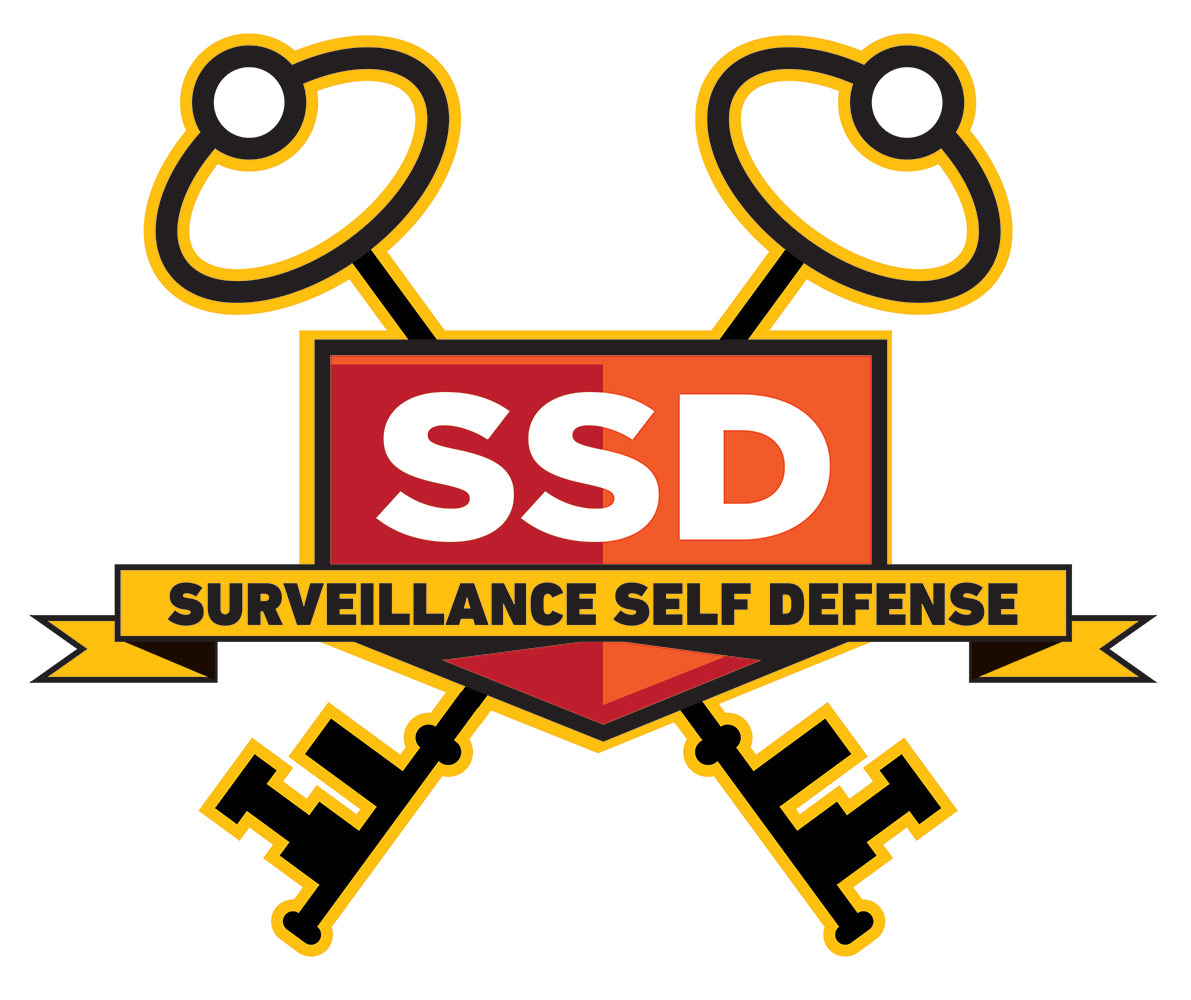 A project to teach users about digital surveillance and about how to protect their information. Surveillance Self Defense Final Presentation / Surveillance Self Defense Case Study.
A project to teach users about digital surveillance and about how to protect their information. Surveillance Self Defense Final Presentation / Surveillance Self Defense Case Study.
Citizens United for Rehabilitation of Errants (http://www.curenational.org): I Am Not A Dot
I Am Not a Dot: Humanizing the U.S. Sex Offender Registry is a multi-media platform where users can access not only statistics about and quantitative evidence for why the registry should be eliminated (in order to reduce the recidivism rate and to protect the rights of registrants), but also personal testimonials and stories of the registrants, their families, and other persons concerned. Read more details in the I Am Not A Dot Case Study / Check out the Final Presentation.
Transition House (www.transitionhouse.org) & The Tor Project (torproject.org): IPVTech (Intimate Partner Violence & Technology) Research Portal
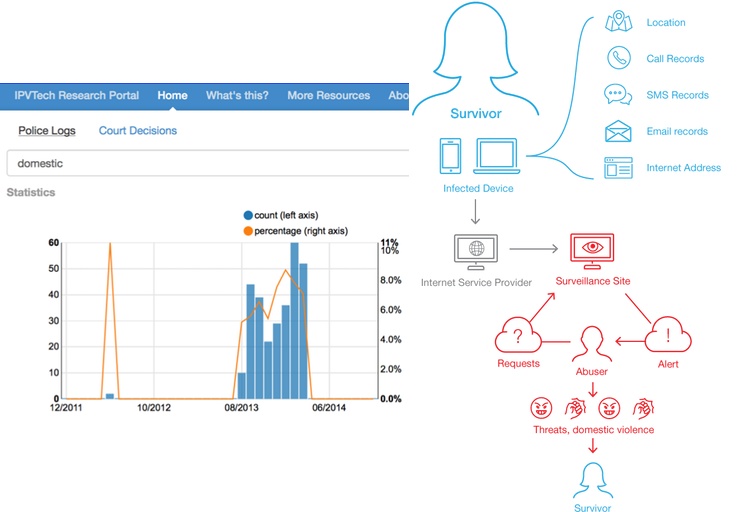
A research portal for advocates from the Transition House to better understand how technology (for example, device surveillance) is used in Intimate Partner Violence (IPVTech). Demo – try it out / Presentation – see the slides / Read the case study.
Urban Youth Collaborative (http://www.urbanyouthcollaborative.org): UYC SMS Survey Initiative
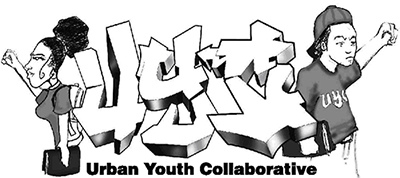
An SMS survey system that Urban Youth Collaborative can use to gather data about students and their experiences of surveillance and police abuse inside NYC high schools. UYC Final Presentation / UYC Case Study.
SoMove (The Social Movements Oral History Tour, http://somove.org): Infiltrated
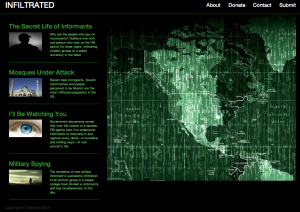
The Infiltrated project is an interactive, web based documentary that will increase awareness of and discussion about cases of infiltration by federal agents within social movement organizations in the United States. Preview our website here! We hope to launch it sometime in Summer 2014. Check out the Infiltrated Case Study and Final Presentation.
Detention Watch Network (http://www.detentionwatchnetwork.org): Bedtime Stories
Bedtime Stories is an interactive documentary microsite that raises awareness about the injustices of the U.S. immigration detention and deportation system by focusing on the detention bed quota. Introduced in 2010, the quota is a Congressional mandate that requires the incarceration of approximately 34,000 immigrants in jails and detention centers in the U.S. at any given time. The site uses animated GIFs to simulate a “bird’s eye” view of people sleeping in a detention center and highlights the personal stories of immigrants who have experienced detention through embedded text, audio and video. The viewers are then asked to take action by following the DWN social media accounts, mailing lists, and tweet to end the detention system quota. View the demo site: http://dwn-staging.herokuapp.com/ (Username: guest Password: stopdetention) / View our Final Presentation / View our Case Study.
All projects this semester received additional design & development support from Neo (http://neo.com).
FALL 2013
We worked with four community partners in the fall 2013 semester:
Zumix (http://zumix.org): The Flying Z Streaming Radio Player
ZUMIX is a youth organization that aims to serve the diverse, predominantly low-income East Boston neighborhood through the cultivation of artistic expression, personal development, and civic engagement. This team worked together to increase the visibility of ZUMIX Radio (a youth run radio station run out of Zumix) by designing and building a 3D, laser cut, giant flying Z streaming radio. Check out their case study here.
Urbano Project (http://www.urbanoproject.org/): Participatory ARtistic Travelling Installation (PARTI)
Urbano empowers teens to create artwork that engages their communities with issues of social change. The goal of PARTI is to raise public awareness about Urbano and engage diverse communities in imagining their Emancipated City of Boston. It is a mobile, physical installation in a suitcase which will travel between different community sites with the Urbano team sharing information about the organization and current student work, and allowing community members the opportunity to share their thoughts and/or contribute to current projects. Read the Urbano Project case study here.
City Life/Vida Urbana (http://clvu.org): Change the Game
City Life/Vida Urbana has been supporting tenant organizing to preserve housing affordability and resist displacement since their inception in the 1970s. This team developed a series of carnival games to shift the narrative around the housing crisis, from a framing that the crisis is over to one that connects the housing crisis to CLVU’s three ongoing campaigns, which fight eviction foreclosures, resist gentrification, and shed light on real estate investors who are turning a profit on foreclosed homes. Their case study is here. You can also check out the website they built: www.changethegameproject.com
REV- (http://www.studiorev.org/) and the Brazilian Immigrant Center (http://www.braziliancenter.org): Claro Que Si
The Brazilian Immigrant Center (BIC) primarily aims to support the Brazilian and Latino/a immigrant communities in the greater Boston area. Together with BIC, REV-, a team from NuLawLab and TerraVoz, this team developed a hotline with health and safety advice for domestic workers. Check out the Claro Que Si case study and learn more about the project on the website clarashow.com.
SPRING 2013
Spring 2013 Codesign Studio Booklet. This booklet documents and summarizes the experience of the codesign teams. Download and check it out! (4.4MB pdf).
CCTV: NeighborMedia.
Increasing the visibility of the NeighborMedia, the citizen journalism program at Cambridge Community Television. This team worked together with CCTV NeighborMedia to develop a story series and amplification strategy, analyze and recommend web tools and functions, and support the NeighborMedia 5 year anniversary event.
Report: see the Spring 2013 Codesign Studio Booklet (4M)
Cambridge Reponds story series: http://www.cctvcambridge.org/cambridgeresponds
DS4SI: Making Planning Processes Public.
This team created the “ICUC,” an interactive piece to engage residents in imagining their impact on local planning, presented in a pop-up exhibit to make planning processes in Upham’s Corner Main Street more visible. Report: see the Spring 2013 Codesign Studio Booklet (4M). DS4SI: http://ds4si.org/
SPRING 2012
Consensus Tools.
A set of tools to help groups increase participation in and accessibility of meetings, improve efficiency of meeting processes, and extend effective consensus-oriented processes online. Final presentation: http://static.intertwinkles.org/presentations/#/ Case study: http://booki.cc/codesign-for-civic-media/consensus-tools/
MIT Undergraduate Service & Action Stories.
Gathering and sharing stories about the many ways MIT Undergrads are engaged in community service and social action. Final presentation: http://prezi.com/88zukdo_knnh/mit-undergraduate-service-action-stories/ | WakeUp MIT: http://aboakye.scripts.mit.edu/hia/?p=87 | Case study: http://booki.cc/codesign-for-civic-media/mit-undergrad-service-action-stories/
Press Pass TV: Respect in Reporting.
A campaign to change the way reporters talk about violent crime, especially murders of young people of color. Final presentation: http://codesign.mit.edu/2012/05/respect-in-reporting-co-design-final-project-presentation/ | Case study: http://booki.cc/codesign-for-civic-media/press-pass-tv-respect-in-reporting/
Inquilinos Boricuas en Accion: From Parcel 19 to Villa Victoria.
A multiplatform documentary about community organizing by the Puerto Rican community, that led to the creation of the Villa Victoria in Boston’s South End. Final presentation: http://codesign.mit.edu/2012/05/final-class-presentation/ | Project blog: http://vvproject.blogspot.com/ Case study: http://booki.cc/codesign-for-civic-media/villa-victoria
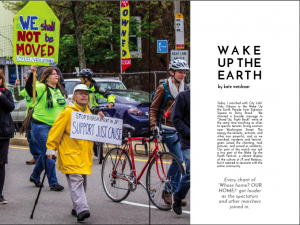
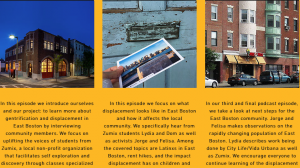
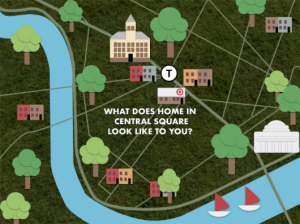
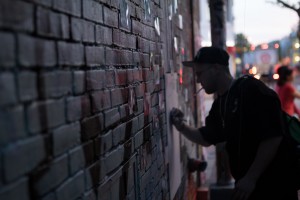
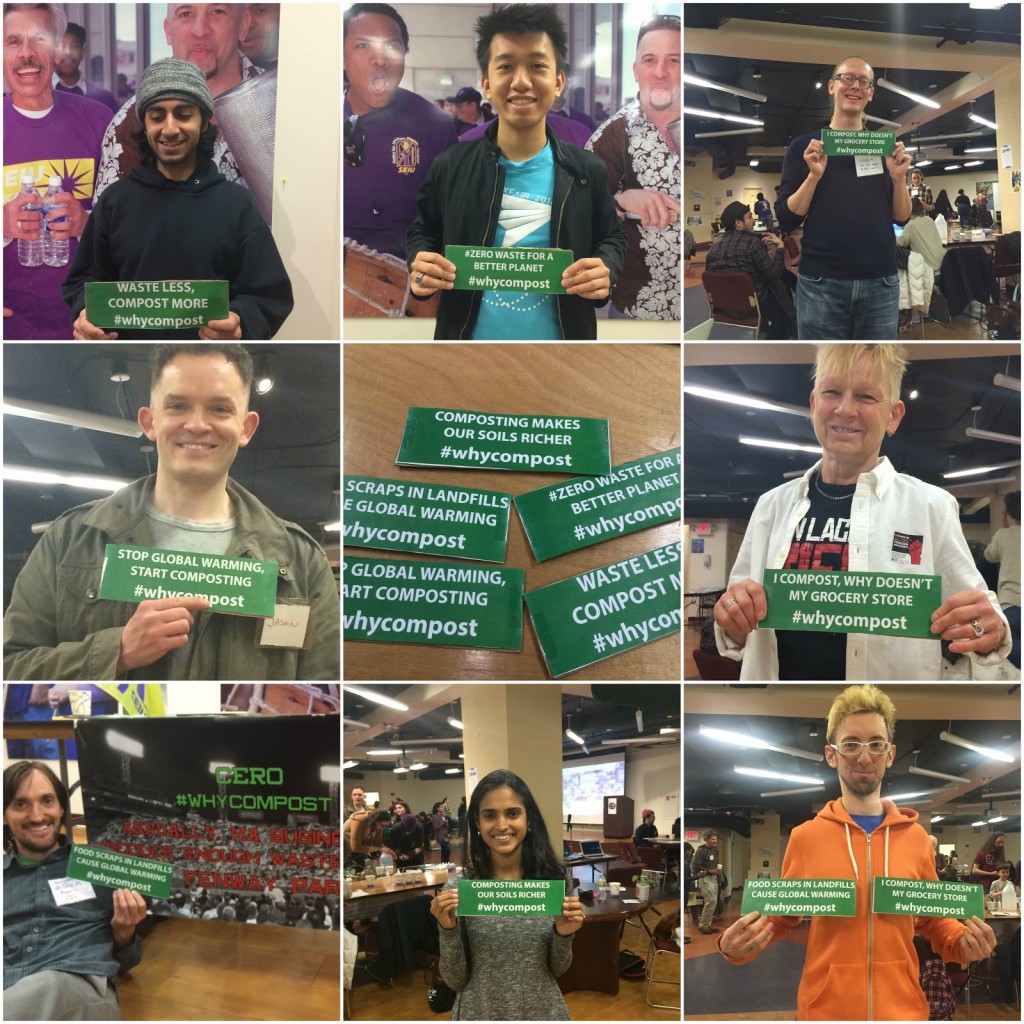
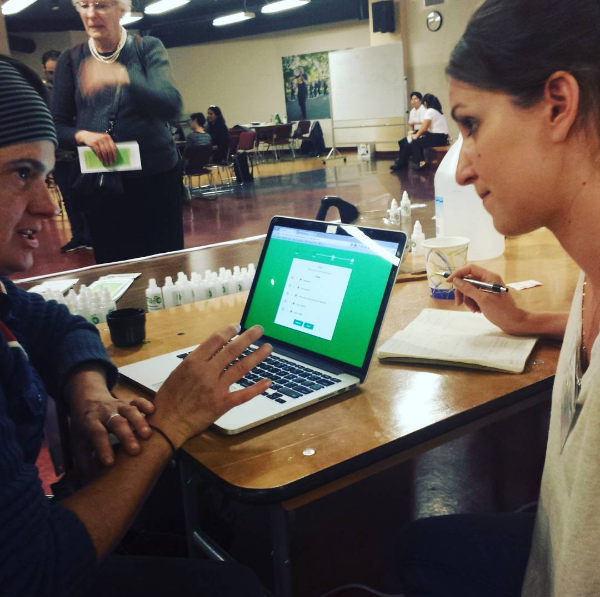

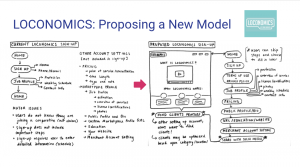
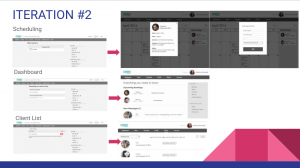
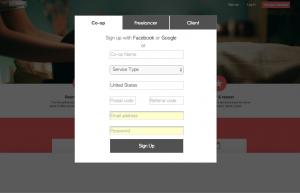
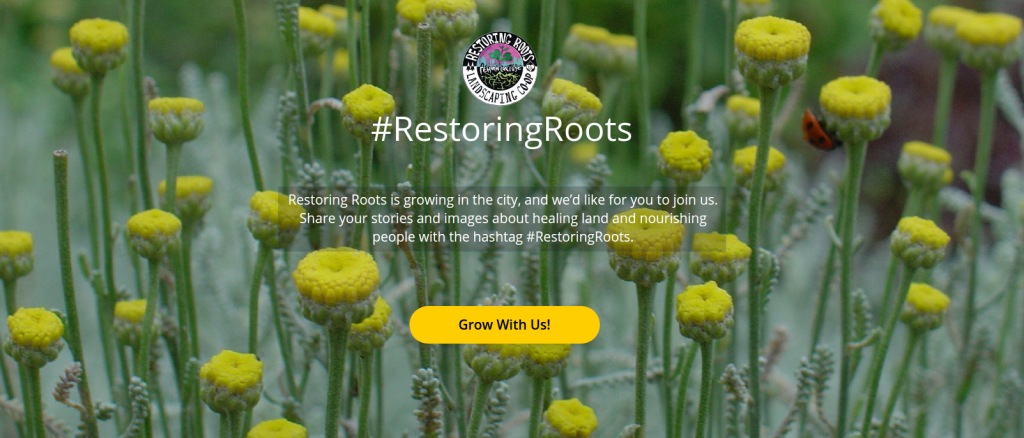

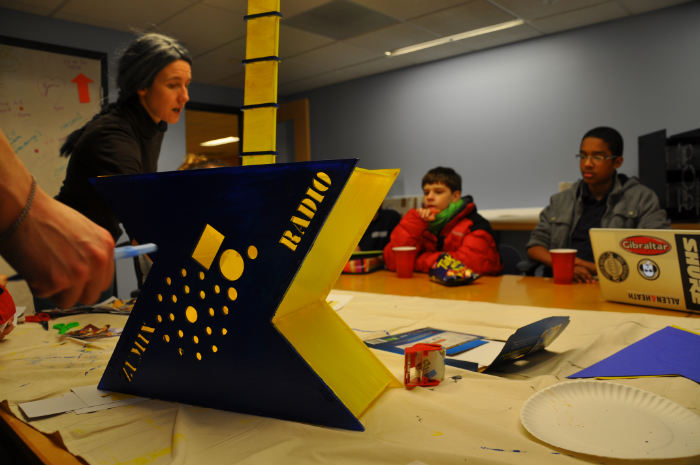
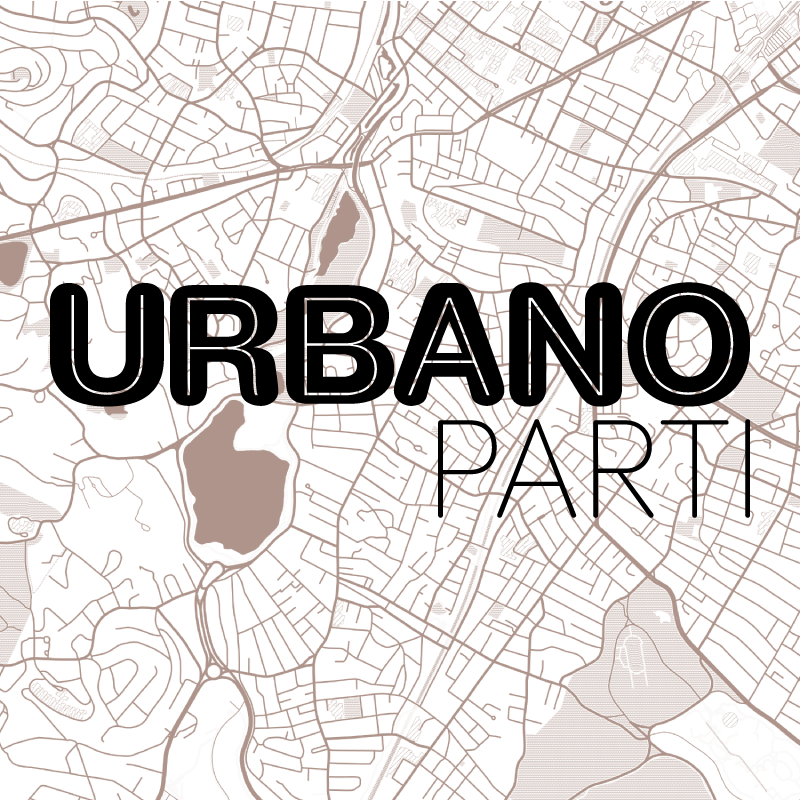

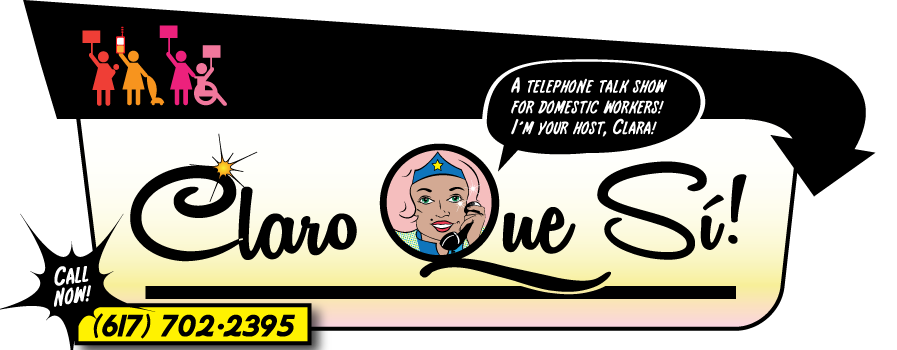
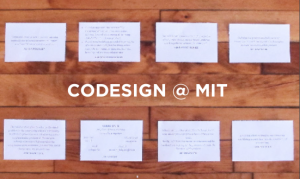





Pingback: » Reflections on the Spring 2013 Codesign Studio becky hurwitz the musical
Pingback: Reflections on the Spring 2013 Codesign Studio | codesign
Pingback: NEW MEDIA BUSINNES SOLUTIONS Reflections on the Spring 2013 Codesign Studio